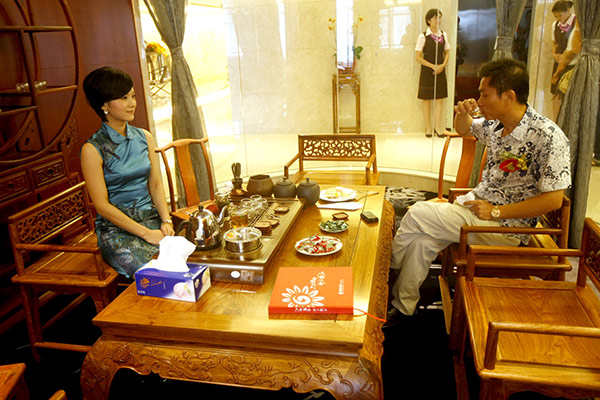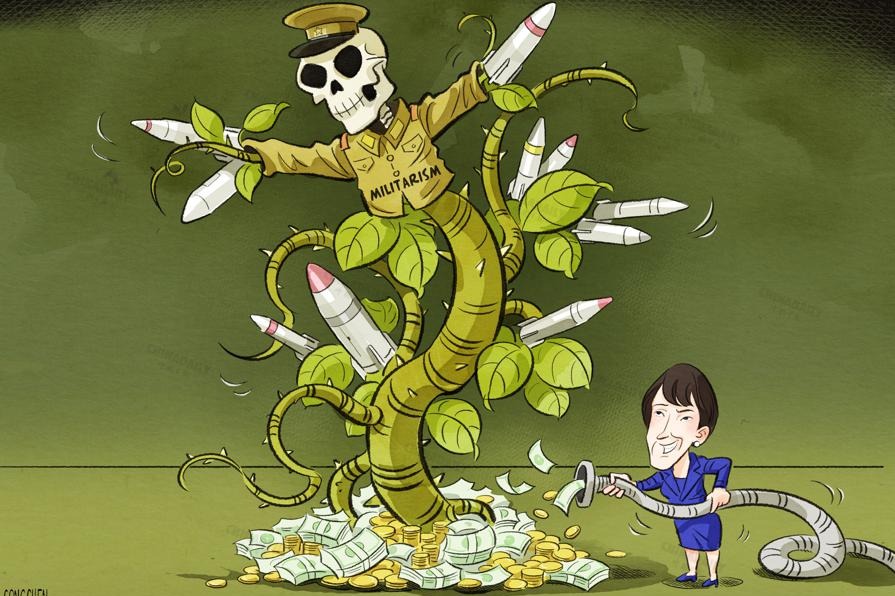Wealth distribution getting more even
By Evelyn Yu in Hong Kong | China Daily | Updated: 2017-12-26 08:12

As the number of high-net-worth individuals (HNWIs) on the Chinese mainland is growing rapidly, distribution of wealthy individuals is becoming more geographically balanced, expanding from coastal cities to central and western regions, thanks to the mainland's industrial upgrading.
"The shift is in tandem with a more holistic, balanced industrial development across the mainland … we have also seen a significant private wealth growth in the Belt and Road regions, as preferential policies and resources are swinging in to support the regions' growth," said Kevin Huang Yanjun, head of global private banking at China Merchants Bank.
The number of mainland HNWIs-those with investable assets of more than 10 million yuan ($1.5 million)-reached 1.58 million last year, a 23 percent compound annual growth rate from 2014. Average investible assets per capita among HNWIs also grew to 30 million yuan, according to the 2017 China Private Wealth Report published by CMB and consulting firm Bain.
Geographic distribution of HNWIs continued to spread from coastal cities, the early beneficiaries of the country's manufacturing boom, to the central and western regions.
In 2006 just one province, Guangdong, had more than 20,000 HNWIs while last year, 22 regions exceeded this level. More inland regions such as Sichuan, Shanxi, Xinjiang Uygur and Inner Mongolia are joining the league, the report said.
Responding to the expansion and more even distribution of the HNWI population, CMB, the leading private-banking player, has set its sights on third- and fourth-tier cities.
"In cities like Jingdezhen (in Jiangxi province), it is not a typical developed city but the porcelain capital has clustered a batch of rich porcelain businessmen and private collectors, which keep our private banking business there in good shape," said Huang.
The typical profile of affluent people in the mainland-self-made first-generation entrepreneurs who accumulated a fortune by strenuously working in factories or retail-has also changed. The second-generation successors are more involved in the business, and what's more, the source of wealth creation is more diverse, with a sharp rise of "gold-collar professionals" coming into the picture.
First-generation business owners still comprise a dominant 40 percent share of HNWIs but the report finds second-generation successors are climbing to 10 percent, while gold-collar professionals now constitute a whopping of 30 percent of the portfolio. The ascent of highly skilled workers-primarily from information technology, finance and manufacturing industries-fundamentally changes the landscape of private banking.
CMB is very excited about the new dynamic.
"Their average asset size is not as big as the first-generation business owners, but they are more financially sophisticated and readily embrace technology," Huang said.
"CMB has always been dedicated in bringing a better user-experience with technology and these clients are the people we can experiment on. I think artificial intelligence and fintech will be a new battleground to win over Chinese private banking clients."
























